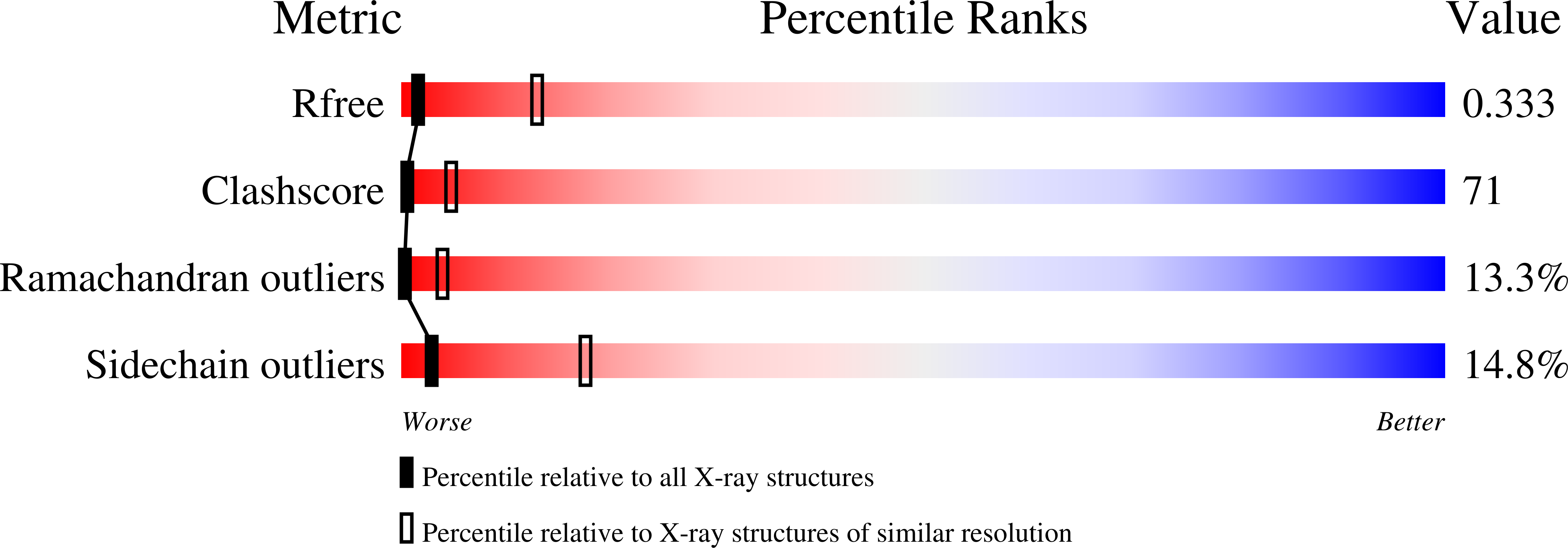
Deposition Date
2000-08-14
Release Date
2000-10-18
Last Version Date
2024-02-07
Method Details:
Experimental Method:
Resolution:
3.50 Å
R-Value Free:
0.31
R-Value Work:
0.17
R-Value Observed:
0.17
Space Group:
P 3 2 1


